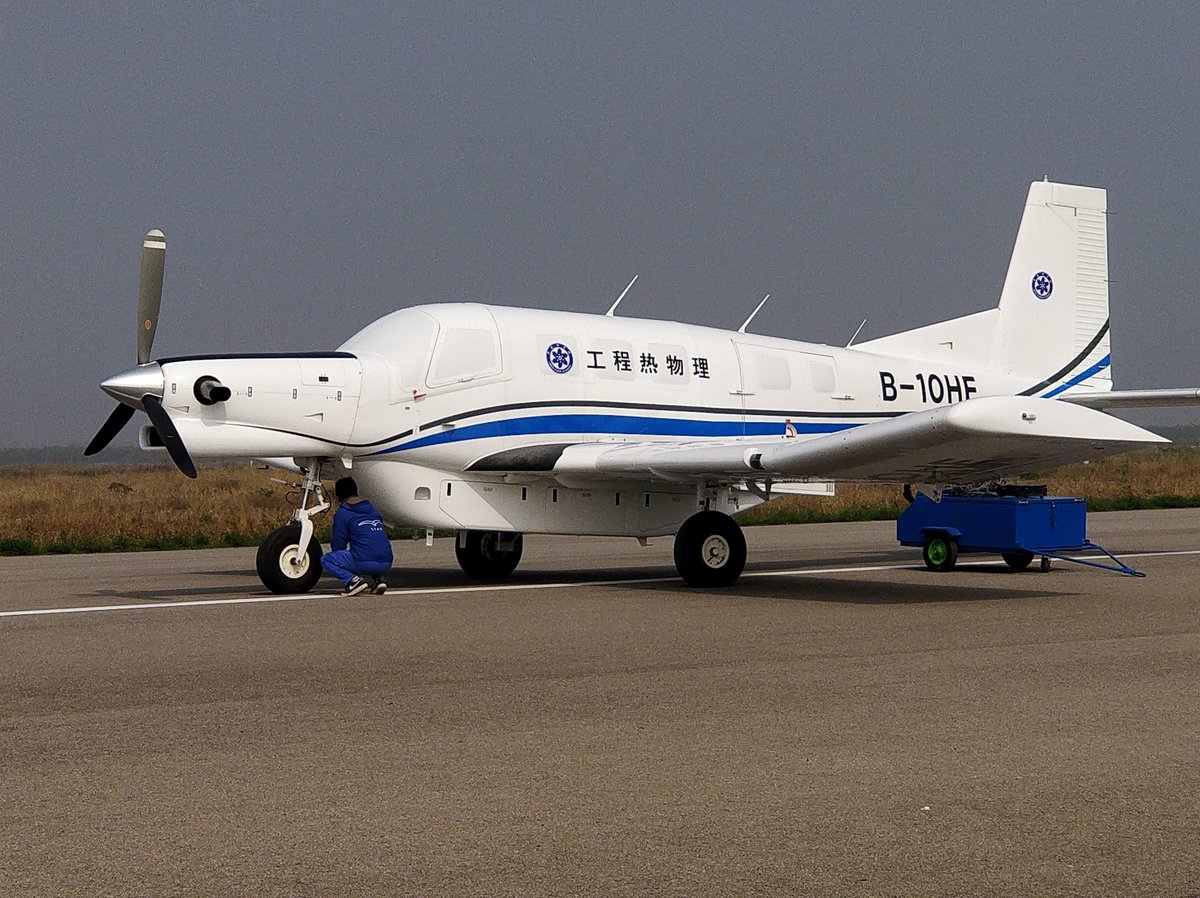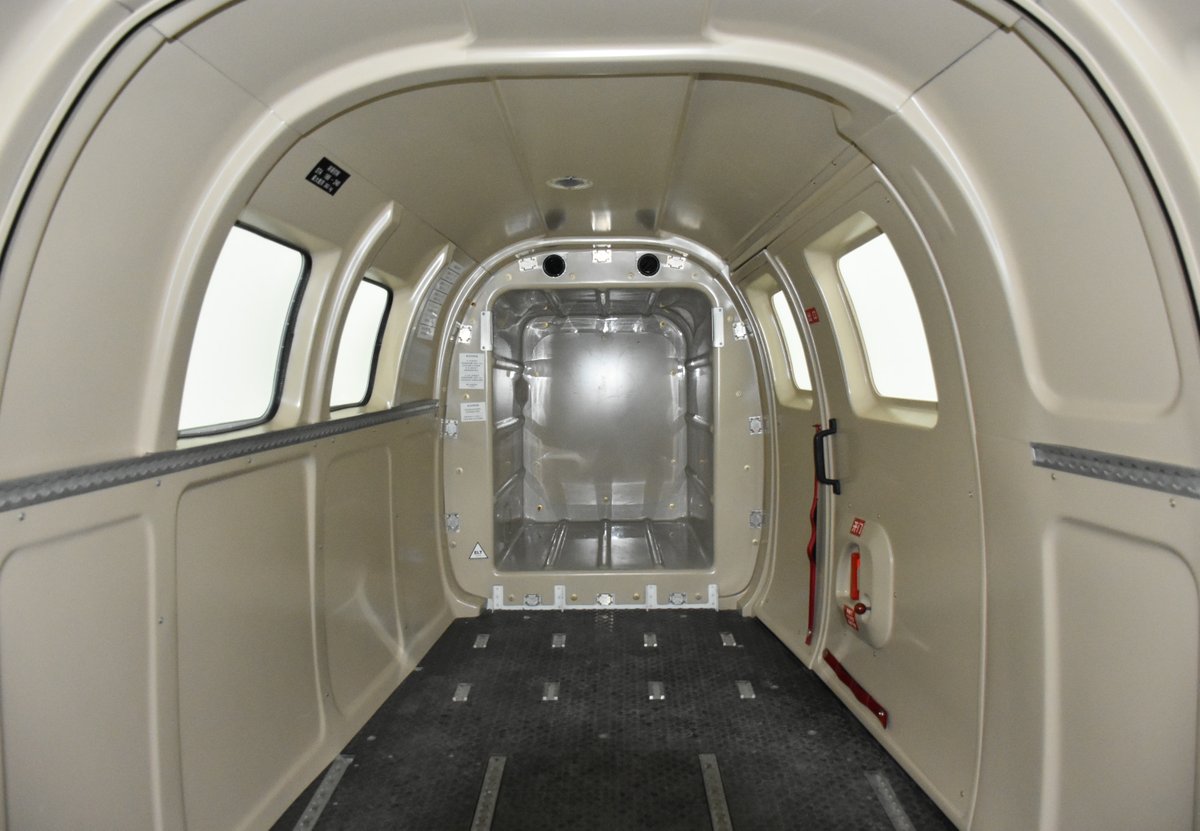Via Emperor from CDF. This UAV will make it possible to resupply the smaller islands with mail. food, medicine, parts economically and fast
Could drone that can deliver cargo to islets in South China Sea secure presence in disputed waters?
Unmanned aerial vehicle could take military supplies from Hainan Island to the Paracels in an hour, and can land and take off using a dirt track or field
PUBLISHED : Saturday, 28 October, 2017, 9:08pm
UPDATED : Saturday, 28 October, 2017, 11:34pm
Stephen Chen
China has carried out a test flight of an unmanned aerial vehicle, or drone, that could provide rapid cargo delivery to remote islets in the South China Sea without airstrips, in Beijing’s latest move to secure its presence in the disputed waters.
The drone – built from a modified low-cost fixed-wing plane – can carry 1.5 tonnes of cargo and land on a runway of just 200 metres, according to the Institute of Engineering Thermophysics at the Chinese Academy of Sciences in Beijing, which led the project.
It can also use a dirt track or grass field for take off and landing at military facilities that do not have an airfield, the institute said on its website on Friday.
It said the AT200 drone had made its maiden flight in Weinan, Shaanxi province the previous day.
“This drone has astonishing capabilities for military transport ... [and it] will play an important role in securing military supplies for islands and islets in the South China Sea,” the institute said.
With a PT6A turboprop engine made by Pratt & Whitney Canada producing 750 horsepower, the drone can cover a range of 2,000km.
From Sanya on Hainan Island, the drone could reach the Paracel Islands in just an hour, Scarborough Shoal in three hours, the Spratly Islands in four hours and the southernmost James Shoal in about five hours.
China has built radar stations, missile launch systems, fighter jet hangars and deepwater harbours for its navy ships in the South China Sea in recent years. But these military facilities depend on external supplies of fuel, food, medicine and other necessities, which are delivered by ship. It can take weeks for supplies to arrive from China in bad weather.
The AT200 drone’s cargo compartment is 10 cubic metres and it can take 1.5 tonnes of cargo, the institute said. In comparison, the K-MAX unmanned helicopter being developed for the US government and military can lift 2 to 3 tonnes of cargo, according to Lockheed Martin, one of the companies behind it.
“For islands where it is impossible to land and take off, the research team will add an airdrop function for upcoming models,” said the institute, which has carried out many research and engineering projects for the People’s Liberation Army.
Supplies could be delivered by airdrop to a landing zone as small as 10 metres in diameter.
The research team said it was trying to obtain an airworthiness certificate from the Chinese aviation authorities “as soon as possible”.
Yang Chao, a senior aircraft designer at the aeronautical science and engineering school at Beihang University in Beijing, said China had been converting planes into drones since the 1950s.
Drones can carry out a mission without human assistance, even making a decision while in the air if the connection to the ground station is lost.
Yang, who was not involved in the project, said the South China Sea would be an ideal testing ground for the cargo drone given the lack of air traffic to the remote islets – meaning there would be less of a technical challenge or safety risk.
“Aviation authorities will be more comfortable about approving regular drone flights in and out of the South China Sea than for other areas,” Yang said.
“Drones don’t have a pilot on board. They can’t ‘talk’ to air traffic control ... they can only carry out ‘point-to-point’ flights in scarcely populated areas,” he added.
China lays claim to 90 per cent of the South China Sea, despite an international tribunal ruling invalidating its claim last year. Brunei, Malaysia, the Philippines, Taiwan and Vietnam have overlapping claims in the resource-rich waters.
It also has some of the world’s busiest cargo shipping routes, with some US$3 trillion worth of seaborne trade passing through the contested waters every year.
The cargo drone project is part of Beijing’s efforts to boost its presence in the area. It is also building nuclear power plants on floating platforms to provide electricity for civilian and military facilities, where the growing list of hardware – including anti-air radar systems – cannot be run continuously because of an energy shortage.
It recently set up a maritime rescue squadron for the South Sea Fleet, which oversees the disputed waters – a move seen as an attempt to improve combat readiness of the Chinese military.
China has also used some of the world’s largest and most advanced dredging vessels to create and expand man-made islands in the region.


